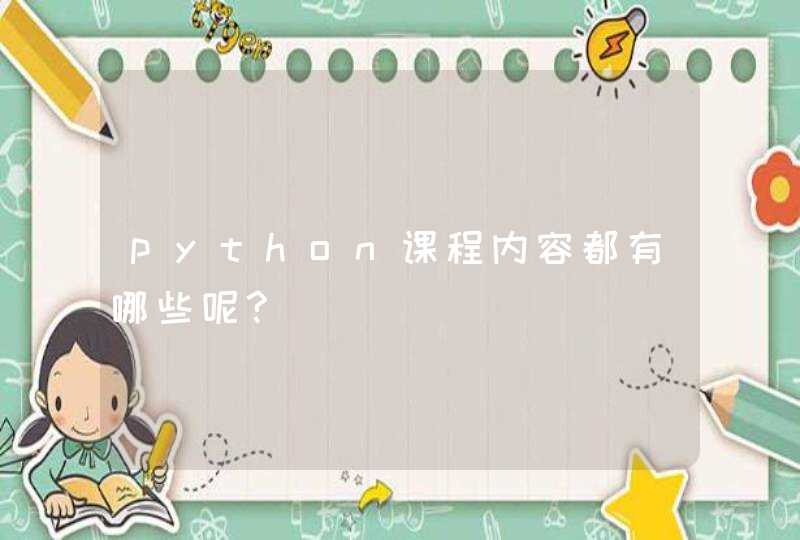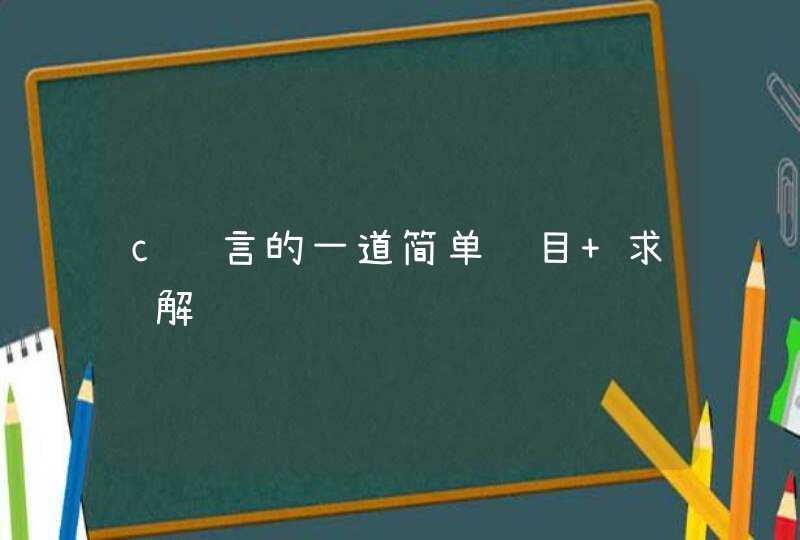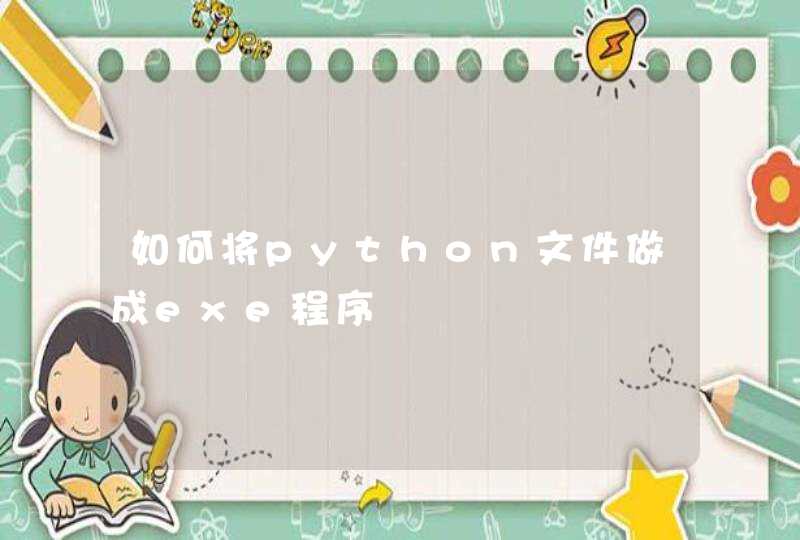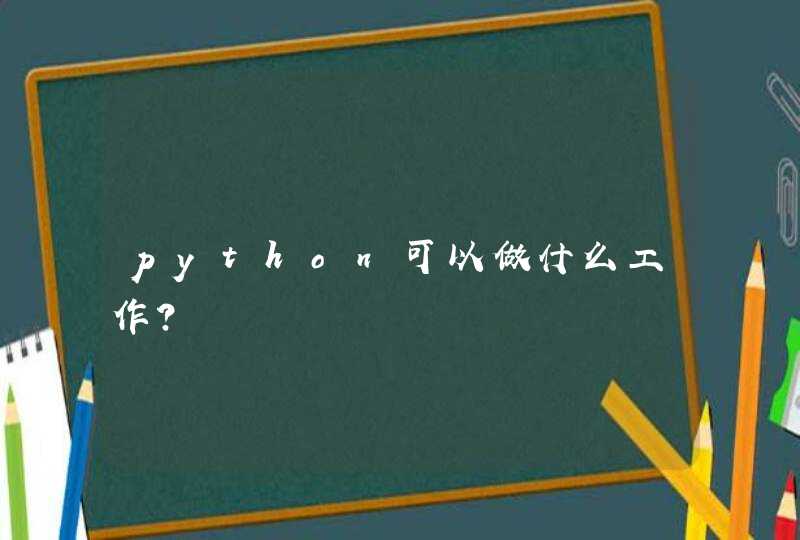
import java.awt.Point
import java.awt.Rectangle
import java.awt.event.ActionEvent
import java.awt.event.ActionListener
import java.awt.event.MouseAdapter
import java.awt.event.MouseEvent
import java.awt.event.MouseMotionAdapter
import javax.swing.JFrame
import javax.swing.Timer
public class MyFrame implements ActionListener {
private static final long serialVersionUID = 1L
private Rectangle rect
private int left
// 窗体离屏幕右边的距离;
private int right
// 屏幕的宽度;
private int screenXX
// 窗体离屏幕顶部的距离
private int top
// 窗体的宽
private int width
// 窗体的高
private int height
// 鼠标在窗体的位置
private Point point
private Timer timer = new Timer(10, this)
private int xx, yy
private boolean isDraging = false
private JFrame jFrame = new JFrame()
public MyFrame() {
super()
timer.start()
jFrame.setTitle("窗体在屏幕边缘隐藏演示")
jFrame.setSize(400, 300)
jFrame.setLocation(400, 300)
jFrame.setDefaultCloseOperation(JFrame.EXIT_ON_CLOSE)
jFrame.setAlwaysOnTop(true)
jFrame.setUndecorated(true)
jFrame.setVisible(true)
moveFrame()
}
public void actionPerformed(ActionEvent e) {
left = jFrame.getLocationOnScreen().x
top = jFrame.getLocationOnScreen().y
width = jFrame.getWidth()
height = jFrame.getHeight()
screenXX = java.awt.Toolkit.getDefaultToolkit().getScreenSize().width
right = screenXX - left - width
// 获取窗体的轮廓
rect = new Rectangle(0, 0, width, height)
// 获取鼠标在窗体的位置
point = jFrame.getMousePosition()
if (left <0 &&isPtInRect(rect, point)) {
jFrame.setLocation(0, top)// 隐藏在左边,鼠标指到后显示窗体;
} else if (left >-5 &&left <5 &&!(isPtInRect(rect, point))) {
jFrame.setLocation(left - width + 1, top)// 窗体移到左边便边缘隐藏到左边;
} else if ((top <0 &&left <0) &&isPtInRect(rect, point)) {//窗体在左上角;
jFrame.setLocation(0, 0)// 窗口隐藏了,鼠标指到他,就显示出来;
} else if ((top >-5 &&top <5) &&(left >-5 &&left <5)
&&!(isPtInRect(rect, point))) {
// 当窗体的上边框与屏幕的顶端的距离小于5时 ,
// 并且鼠标不再窗体上将窗体隐藏到屏幕的顶端
jFrame.setLocation(left - width + 1, 1)
} else if ((top <0) &&isPtInRect(rect, point)) {
jFrame.setLocation(left, 0)// 窗口隐藏了,鼠标指到他,就显示出来;
} else if (top >-5 &&top <5 &&!(isPtInRect(rect, point))) {
// 当窗体的上边框与屏幕的顶端的距离小于5时 ,
// 并且鼠标不再窗体上将窗体隐藏到屏幕的顶端
jFrame.setLocation(left, 1 - height)
} else if (right <0 &&isPtInRect(rect, point)) {
jFrame.setLocation(screenXX - width + 1, top)// 隐藏在右边,鼠标指到后显示;
} else if (right >-5 &&right <5 &&!(isPtInRect(rect, point))) {
jFrame.setLocation(screenXX - 1, top)// 窗体移到屏幕右边边缘隐藏到右边;
} else if (right <0 &&top <0 &&isPtInRect(rect, point)) {//窗体在右上角;
jFrame.setLocation(screenXX - width + 1, 0)// 隐藏在右边,鼠标指到后显示;
} else if ((right >-5 &&right <5) &&(top >-5 &&top <5)
&&!(isPtInRect(rect, point))) {
jFrame.setLocation(screenXX - 1, 1)// 窗体移到屏幕右边边缘隐藏到右边;
}
}
public boolean isPtInRect(Rectangle rect, Point point) {
if (rect != null &&point != null) {
int x0 = rect.x
int y0 = rect.y
int x1 = rect.width
int y1 = rect.height
int x = point.x
int y = point.y
return x >= x0 &&x <x1 &&y >= y0 &&y <y1
}
return false
}
public void moveFrame() {
jFrame.addMouseListener(new MouseAdapter() {
public void mousePressed(MouseEvent e) {
isDraging = true
xx = e.getX()
yy = e.getY()
}
public void mouseReleased(MouseEvent e) {
isDraging = false
}
})
jFrame.addMouseMotionListener(new MouseMotionAdapter() {
public void mouseDragged(MouseEvent e) {
if (isDraging) {
int left = jFrame.getLocation().x
int top = jFrame.getLocation().y
jFrame.setLocation(left + e.getX() - xx, top + e.getY()
- yy)
jFrame.repaint()
}
}
})
}
public static void main(String[] args) {
new MyFrame()
}
}





































































